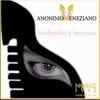
Umberto Nobile, the patriach of the firm, had always been an agent of the most glamorous perfumery marks and following his innate inclination started a perfume emporium in the year 1942 in Rome, with war at the gates. His love for beauty was passed on to the rest of the family, who decided to search on quality as a mission producing work made of sensations, allurement and intuition. The Nobile brand is still in the hands of the family, Massimo and Stefania Nobile, now residing in Arenzano, Genova. They are focusing on the best quality ingredients using natural products whenever possible and applying the old techniques of maceration, steeping, filtration and distillation.
Natural raw materials provide a greater complexity themselves and often produce the slight variation in performance on skin that aromachemicals in most commercial products are not in the habit of producing, rendering the common allegation –or even complaint- of individual skin chemistry a bogus claim. This is both an asset for the perfumer and a liability. It means a greater stability of the product and a calculated reaction in the consumer, which in marketing terms is extremely desirable. However it also detracts from the joy of discovering something afresh everyday, thus accounting for the often referenced boredom with the same smell day in day out.
Indeed as I went through the testing process of the Nobile 1942 fragrances I discerned some noticable variation of the same scents in the final effect produced. Taking into account that hormones, diet and medication did not vary from one day to the next (indeed the latter was absent altogether) I could hazard the guess that this was due to slight variations in skin temperature, room relative humidity and perhaps…mood. In any case Nobile 1942 scents proved to be pleasurable and some of them spectacular in every incarnation they took upon contact with my skin.
Opening up the sample case I was struck by the beauty and style of the presentation which shows cleraly why the Italians are masterful in affairs of design. It’s no coincidence that Ferrari is an Italian car, nor is it any less coincidental that they are the land of the opera and of living life to the full: from gelati to espresso, via the Galleria Uffici and the Murano glassblowers, Italians do know how to make beautiful things.

The papier goffré of the packaging as well as the logo and names etched in silver or gold depending on scent are simply a sight to behold. There is a tactile pleasure to be derived by handling beautiful objects and the relief of the packaging makes for another sensuous touch beyond the scent lurking inside.
The fragrances themselves are beautifully constructed, luminous and clear in their invocations, singing in unison.
There are three sub-divisions within the brand:
Pontevecchio, with one scent for women and another for men. Presented in Colonia intensa (equivalent to Eau de toilette) and Fragranza suprema (equivalent to Eau de parfum), they are trully beautiful and individual.
Anonimo Veneziano, a feminine fragrance built on enigmatic and sensous notes that capture the dark shades behind medieval palazzi during an evening stroll in Venice.
Vespriesperidati, an eau-de-cologne-like scent for both sexes, which is the lattest addition in the line.
Reviews and added commentary on all of them coming up next!!

.jpg)
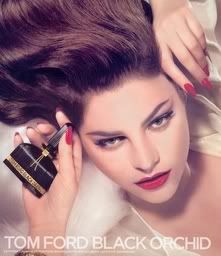
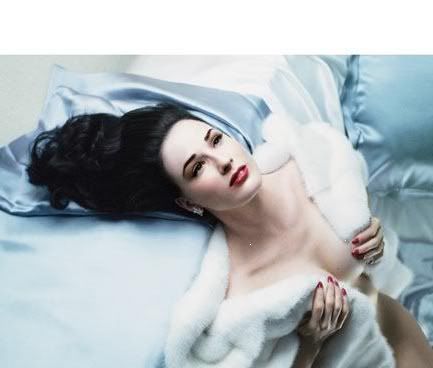
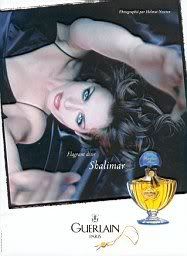
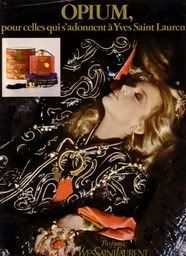
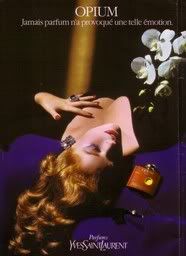


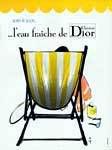
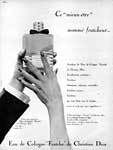
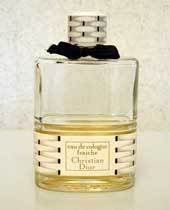


.jpg)
